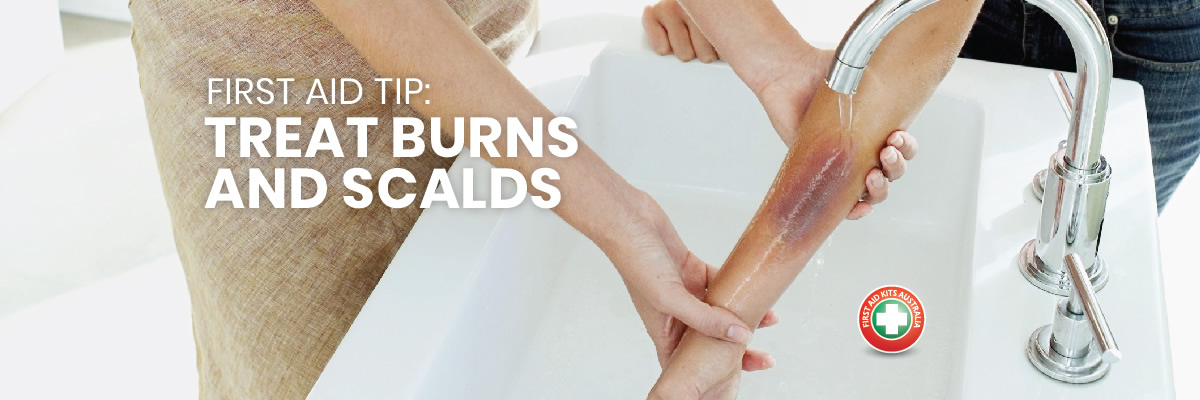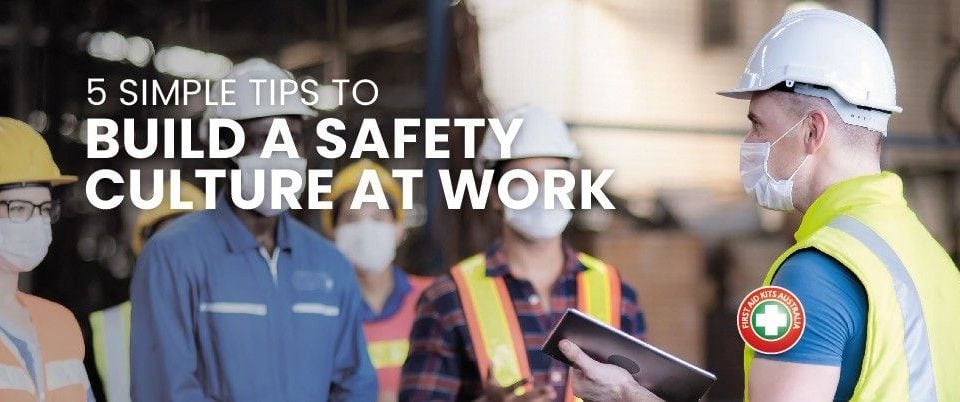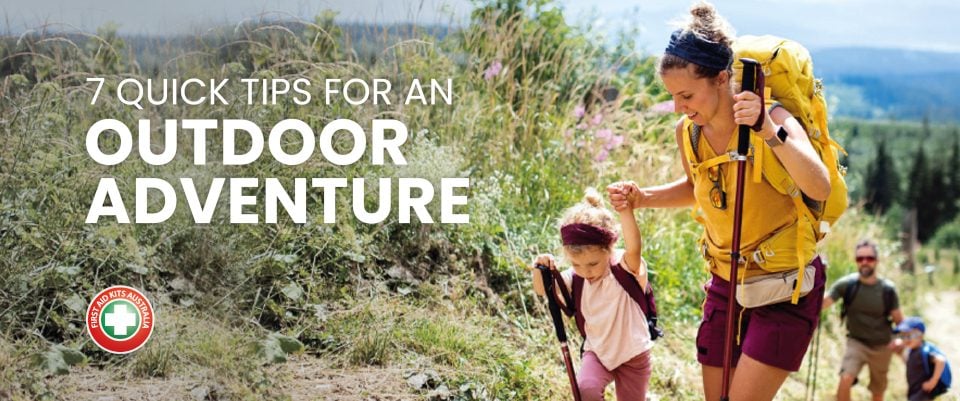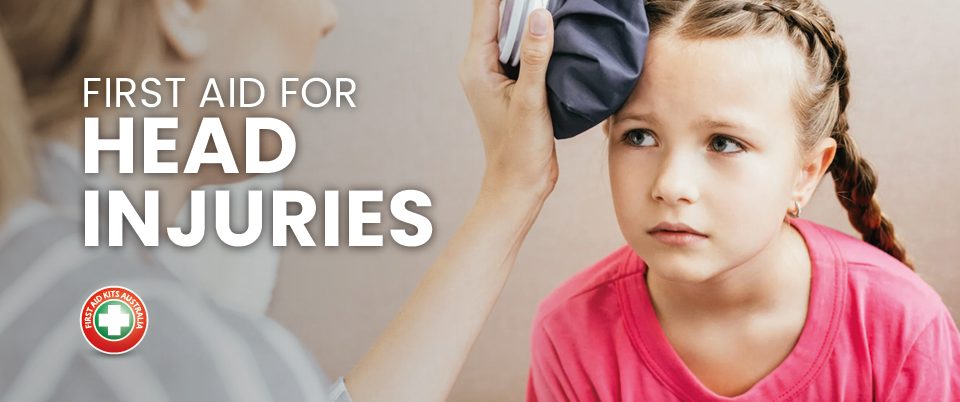
First Aid Tip: How to Provide CPR for Children
1 October 2021
First Aid Tips: Dehydration
26 November 2021In Australia, there are approximately 50,000 burn-related hospital admissions each year. Ensure you are prepared for burn and scald injuries while cooking at home, barbequing, or camping outdoors with our burn and scald treatment tips and kits.
What is the difference between a Burn and Scald?
Burns and scalds are damages to the skin caused by heat. A burn is caused by dry heat such as an iron or fire, where scalds are caused by wet heat such as hot water or steam. Scalds from hot water are more common than burns from the sun or other heat.
Burns and scalds can range from minor to life-threatening, depending on how deep and large they are. But, all burns require immediate first aid treatment.
Types of burns/scalds
There are three levels of burns, based on the depth the heat has sunk through the three layers of skin; the epidermis (the outer layer of skin), the dermis (the layer of tissue just beneath with nerve endings and hair follicles), and the subcutaneous fat (the deeper layer of fat and tissue).
The three levels of burns have varying appearances and effects on the body:
Superficial Burns (First-degree burns)
This is a burn to the epidermis or top layer of skin. It will be red and painful, such as a sunburn. For superficial dermal (second layer of skin) burns, the skin will be pink and painful with small blisters.
Partial-thickness Burns (Second-degree burns)
These burns affect the first and second layer of skin (the epidermis and dermis) and cause redness, peeling, blistering, and swelling, or a yellow-coloured fluid that leaks from the area of the burn. The burn site will be very painful.
Full-thickness Burns (Third-degree burns)
Third-degree burns damage all three layers of skin. The burn site is generally black or charred. If the burn is very deep, it may cause damage to the underlying muscle or bone. The pain will not be as strong for a burn like this, as the nerves are destroyed, but surrounding partial thickness burns will be very painful. This level of burn requires immediate medical attention.
It can be hard to determine the difference between partial and full-thickness burns, therefore, an assessment of the burn is critical. If you begin to experience chills, or if the burn covers more than three inches of skin, you must seek immediate medical attention.
First Aid for Burns
Burn treatment depends on the type and extent of the injury. While most minor burns can be treated at home by cool running water for 20 minutes, or heal themselves in 10 to 12 days, such as a sunburn, more serious burns may require medical treatment and medication.
A major burn is defined as a burn of any depth that involves more than 20 percent of the total body surface area for an adult and more than 10 percent of the total body surface area for a child. Major burns are a medical emergency and require urgent treatment. Immediately apply cold water to all affected areas and then call 000 for an ambulance.
The main objectives when treating burns are; to control pain, remove dead tissue, prevent infection and reduce scarring.
How to treat burns and scalds:
1. REMOVE the person from danger and further injury, as well as their burnt clothing, jewellery, or anything else that is near the burn if it is not stuck to the burn
2. COOL the burn by holding the area under cold running water for 20 minutes. DO NOT apply any ice, iced water, or creams.
3. COVER the burn loosely with a layer of cling film or a damp lint-free cloth
4. SEEK immediate medical advice if the burn is:
larger than a 20-cent coin
on the face, hands, groin, or feet. If the face or eyes are burnt, sit up as much as possible to reduce swelling.
deep or infected
caused by chemicals or, electricity
For chemical burns, such as acids and alkalis, a 20-minute cool shower is ideal to avoid being splashed onto unaffected skin or other people.
Do not applyanything other than water to second and third-degree burns until they are fully cooled and medically assessed.
To always be prepared for unexpected burns, use First Aid Kits Australia’s BURNAID Burn Kit.
How to Prevent Burns and Scalds
Fortunately, the majority of burns are highly preventable by being vigilant in your lifestyle, from cooking to working with electrical items. Ensure hot liquids are out of reach of children (water below 50°C prevents scalds), turn pot handles inwards on the stove, unplug electrical items not in use, and always have smoke detectors or a fire extinguisher in the home. For efficient fire and burn safety at home, see our work from home safety combo.











